The Not-At-All-Distant Future of Green Gamification
by: Greener Design, 2011-10-31 11:45:57 UTC
Gamification is a huge trend in marketing almost any kind of product or service today, and is only going to get bigger and more commonplace. And some innovative companies are already putting the power of game mechanices to work for sustainability.

 mischer'traxler: one piece, one edition
mischer'traxler: one piece, one edition
by: Designboom - Weblog, 2011-10-29 13:34:00 UTC
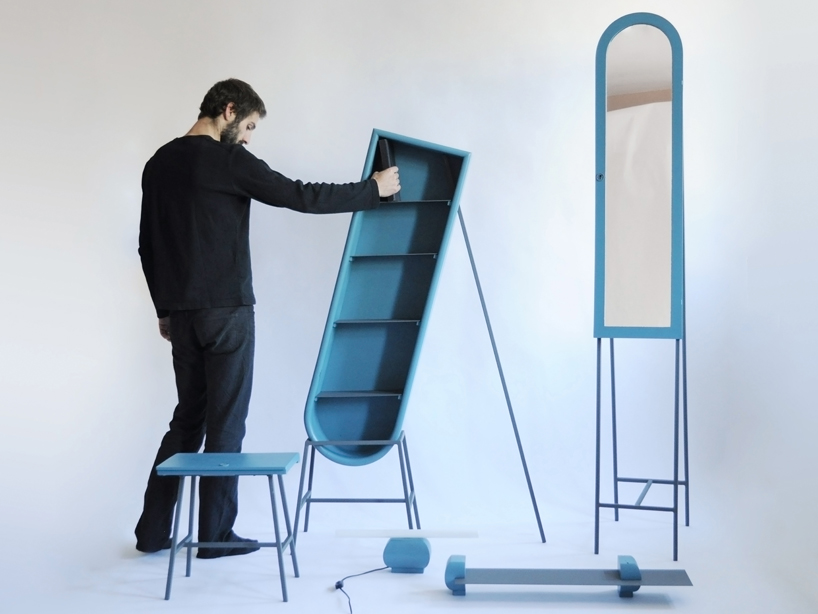
an old clock has been deconstructed and its various components re-purposed to form new furniture objects
read more
Thinking It Through: Ecodesign in ISO 14006:2011
by: Environmental Leader, 2011-10-31 11:57:29 UTC

The famous Native American law which challenges a nation to think seven generations ahead before taking an action is known as the Great Law of the Iroquois. Under this law, it’s appropriate to imagine your family 200 years down the road — and then determine whether the decision you’re about to make benefits your children [...]
 Do I Care about the Environment? You Tell Me
Do I Care about the Environment? You Tell Me
by: Environmental Leader, 2011-10-31 12:53:13 UTC

Consumer behaviour change. These three words seem to be appearing with increasingly frequency within the conversations around sustainability in many if not most businesses today. Even if the broader debate is not shifting to the demand side, it is certainly expanding to the demand side, with all the leading fmcg companies pledging to crack the [...]
 The New Worldchanging Is Coming
The New Worldchanging Is Coming
by: Worldchanging: Bright Green, 2011-10-26 22:40:33 UTC
http://www.worldchanging.com/archives/011742.html
Pendant Lamp That Lights, Grows & Cleans The Air: Babylone By Greenworks
by: TreeHugger Design, 2011-10-31 19:45:52 UTC
 © Greenworks
© Greenworks
Conventional office spaces have the unfortunate reputation of being drab, cubicled places, often cursed with
poor air quality and lacking in any cheerful greenery. Even if your boss missed the memo on how improving indoor environments can
boost worker productivity, it's good to know that there are companies out there like Stockholm-based
Greenworks<... Read the full story on TreeHugger
Gen Art: Will Sustainability be the Future of Fashion?
by: TreeHugger Design, 2011-10-30 14:00:00 UTC
 Photo Credit: Neil Chambers
Photo Credit: Neil Chambers
Will sustainability be part of
the fashion industry in 5 to 10 years? Do the up-and-coming fashionistas feel the green movement is even important? These were the questions running through my head as I drove
to the edgy and sexy Gen Art: Fresh Faces of Fashion Show at Vibiana in downtown Los Angeles on October 22, 2011. With scantily cladded biki...
Read the full story on TreeHugger
What's Next for PUMA's Groundbreaking Sustainability Plans?
by: Greener Design, 2011-10-27 11:45:56 UTC
After bringing a nearly defunct brand to the top tier of global sports fashion -- and the leading edge of corporate sustainability -- the former CEO of PUMA (and now Chief Sustainability Officer at its parent company) is still looking forward.

 Manchester Wood Makes Sustainable Wooden Furniture Out of Local Materials
Manchester Wood Makes Sustainable Wooden Furniture Out of Local Materials
by: Inhabitat , 2011-10-28 21:30:05 UTC

Manchester Wood is a family business that makes built-to-last furniture from local and sustainable wood. Founded in 1976 in Manchester, Vermont, the company produces American-made solid wood furniture using hardwoods like red oak and ash. All of the hardwood used comes from sustainably managed local forests across the Northeast that are certified by the Sustainable Forest Initiative (SFI) and Manchester’s Slate Top collection also features local slate that is quarried just a few miles away from their factory.
+ Manchester Wood
Permalink |
Add to
del.icio.us |
digg
Post tags: "green furniture", "sustainable furniture", eco design, green design, local materials, Manchester Wood, recycled furniture, sustainable design
5 Rules Of Marketing To Women
by: fast company, 2011-10-28 18:19:58 UTC
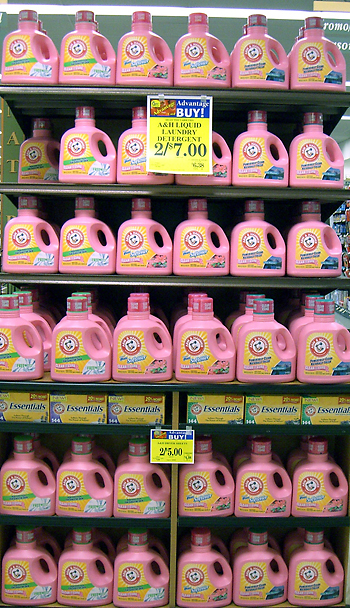 There's a shortlist of mistakes companies and brands typically make when trying to sell products to women. Marketing missteps can hurt sales, but more importantly, they can actually turn women off from your brand entirely. If you've ever committed the sin of "pink it and shrink it," it's time to reimagine your strategy. Here are five pitfalls to avoid.
There's a shortlist of mistakes companies and brands typically make when trying to sell products to women. Marketing missteps can hurt sales, but more importantly, they can actually turn women off from your brand entirely. If you've ever committed the sin of "pink it and shrink it," it's time to reimagine your strategy. Here are five pitfalls to avoid.
1) Don’t pink it and shrink it
The cardinal sin of marketing towards women is to "pink it and shrink it." The woefully misguided approach goes something like this: Take a
perfectly decent product, give it a marshmallow Barbie paint job and
miniaturize it so it fits perfectly into tiny female hands. Ta da! Female friendly. We’re bound to love it, right? What makes things even worse
is that the tech specs on "female orientated" models often fall short
of the "male" counterparts. It’s not the color of a product that
entices us, it’s the sleek design quality.
2) There’s no need to overtly target us
If you try too hard to push exclusively to
women, we’ll see right through it. Take time understanding us like you
would any other demographic, but please don’t overthink it. Just because we’ve got breasts doesn’t mean we have special needs.
We’re different but don’t want to feel we’re that different.
Far too many products are rammed down our throats yelling "Look at me! I’m being relevant to women! Here come the girls!"
It’s patronising, it’s ineffective, and often quite alienating. A
subtler, more nuanced approach is always far more successful commercially.
3) An emotional connection is a big selling point
Studies have proven that women are likely to form more of a
lasting emotional attachment to products, and campaigns that make an
effort to engage with this often prove to be very successful.
A great recent example is upscale department store John Lewis's beautifully executed ad "She’s Always a Woman to Me," which whizzes the viewer at high speed through 70 years of a
woman’s life. The reason this spot works so well is not only that
it’s beautifully executed--which it is, heart-achingly so--but that it
also promotes a strong, enduring attachment to a reliable brand.
[youtube jYOsWWKHZVw]
4) Too much choice is no choice at all
Many men might be perfectly happy to sift through
mountains of information in order to find out whether one little black
box is slightly better than another little black box, but most women
are overwhelmed by choice. If a product is a hassle to buy then we will
cease to care about it.
So having a hundred near-identical products in the market
can be a real turnoff: We don’t want unlimited choice, we want the right choice.
We want to know that a product does what it’s supposed to and is
obviously at the top of its field. We don’t have time to find a diamond
in the rough.
5) It's more about show than tell
Don’t use statistics to teach us that we need
something. Instead, show us why we need it, how it can benefit our
lives preferably in a way that’s entertaining, fun, and engaging. I’m
much more likely to warm to a product if it’s marketing does not
preach, but has surprised me or made me laugh. Top Gear is a great
brand that has made cars accessible to both men and women by entertaining
them.
And if all else fails, call the Lady Geeks to help you understand women.
@belindaparmar is the founder of @LadyGeekTV. Please join the Lady Geek campaign to end the stereotypes and cliches towards women in tech and Like us on Facebook.
[Image: Flickr user ::Wendy::]



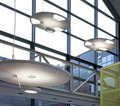



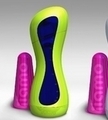




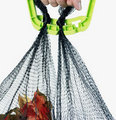
Comments by our Users
Be the first to write a comment for this item.